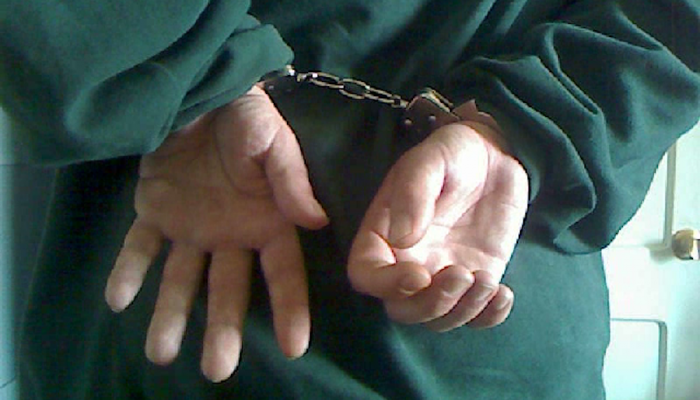A loud buzz signaled I was approved, and the heavy metal door slowly slid open.
I walked forward, into a room the size of a closet, keeping my face up, visible, confident, and the same door slammed behind me with a bang. Another loud buzz, and the second door, the one in front of me, slowly slid open.
A gush of unfiltered cigarette smoke mixed with the metallic moisture of damp cement walls accosted me.
I was in prison.
No one I knew chose work like I did. I wasn’t one of the tough girls, was built more like a twig than a trunk, and if you caught me at the right moment, I might even cry at a commercial. But I loved people and knew from an early age that I was made to connect. And connecting with people who lived differently than I did was a rare and even exquisite gift.
Most therapists, either psychologists or social workers, typically gathered the files of those inmates they were scheduled to see, read up on them before their meetings, and tailored their sessions accordingly.
Not me.
I wanted to see with fresh eyes.
I often found myself wanting that same gift for myself over the years, to be seen with fresh eyes, so I decided, more often than not, to read my clients’ files after sessions were finished, not before.
That’s when the surprising things began to unfold.
It started with an idea that fresh eyes might set the truest true, the rawest raw, the realest real, free but only if those fresh eyes were true and raw and real within me. And then, without warning, I began to see.
Two things.
First, were the colors that hovered like halos. It took time, but with practice, I learned what each of them meant: red, not for anger but for uprootedness; blue, for the struggle to be heard or to speak one’s truth; yellow, for loss of control; and green, for a broken heart. Each person wore their deepest scars like colorful cloaks, speaking to me beyond words, telling me truths not often written in their files, thereby giving us the gift of a rarer kind of connection.
Their vulnerable selves began to walk toward me, not away.
Second, after their eyes confirmed or denied the voice of their colors, my own eyes moved to their hands. Their shape, the way they moved, how they lay still. Their hands’ personalities spoke of creativity, often stunted or forgotten, but never dead, pulsing in wait to be resurrected again.
“Why did you stop drawing?”
“When did you stop playing music?”
And the tears would inevitably fall.
“How did you know, Ms. Brynne?”
“I never told a soul.”
“I always dreamt of doing that.”
Said the faraway, dreamy eyes in the heretofore imprisoned men, suddenly set free.
~
Each of us, behind literal bars or not, is imprisoned by rules we either place upon ourselves or are given from our respective societies. Expectations, fears, requirements—we heed the warnings to avoid the pains.
But how many of us ever realize we’re no different than the ants who think they’re imprisoned by a simple circle of black ink?
How many of us ever invite fresh eyes to see? Both for ourselves, and for others.
The way I see it, liberation from each of our own prison cells of fear, of limitation, of punishment and pain, into the freedom we unknowingly crave, begins not with more walls but with vulnerability.
And with the softness of that vulnerability, the still voice of the soul will speak, guiding us along the path that will lead us to who we were born to be.
 Share on bsky
Share on bsky






Read 6 comments and reply